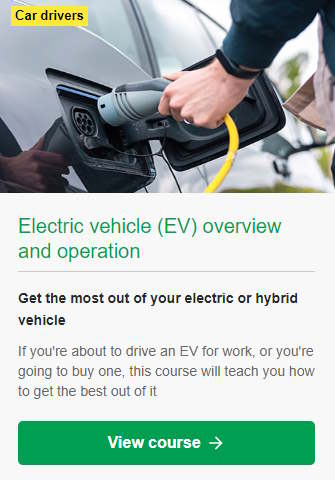An electric vehicle is missing the complex engine and gearbox that’s required in a petrol- or diesel-powered vehicle. Electric motors are much simpler, and don’t require the maintenance. Consequently, servicing is cheaper and less frequent, which partially offsets the premium you pay for an EV.
An EV has about 20 moving components, whereas an internal combustion engine and transmission could have over 200! There are more than 20 mechanical components that would normally require periodic service if you had an internal combustion engine, plus the associated oil changes, transmission servicing, cam belt, air and fuel filter replacements, fan belt, spark plugs and so on.
What checks are required on an EV?
Electric vehicles do still require some checks, though, and the recommendations vary per manufacturer. There will be some work on the air conditioning (carbon filters, HEPA filters, etc) after 3 years. The brake fluid, automatic transmission fluid (if relevant for your EV) and battery coolant will eventually need to be replaced (though, not for a long time). Tyres will need to be replaced eventually, as will brake pads (although nowhere near as often if regenerative braking is used frequenty), the 12V battery and windscreen wipers. Suspension components and the cooling system must be checked.
Electric vehicles cost about half the amount to service over their lifetime – a potential saving of around $6000-10000, plus the time you save in not having to service them as frequently.
One potential pitfall is if your EV has a particularly tricky issue because there a fewer qualified people and less is known about how to resolve these issues. This usually leads to higher prices for diagnosing and fixing problems. Another is that because there are fewer EVs on the road, parts availability is less, and insurance premiums can reflect this, with EV insurance being 10-20% more than other vehicles. That’s a real world cost of $300 or more a year on an equivalently priced vehicle, so that offsets the saving in maintenance.
Types of service
The type of service you go for will depend on the weather and road conditions you subject your car to. EVs don’t do well in very cold or very hot weather, and if you’re driven yours in dust or when ice has been gritted (i.e. salt), then extra attention should be paid to filters and bodywork.

Battery pack
The EV’s battery pack is its most costly component. Initially, there were concerns that the batteries would not last much above 150,000km, but there are plenty of EVs that have achieved that and are going strong. However, there will be a time where the range becomes problematic, and a replacement battery can be as expensive as a second hand EV! However, due to technological improvements, the cost of replacement batteries is likely to fall over time, or the longevity of batteries will increase.


